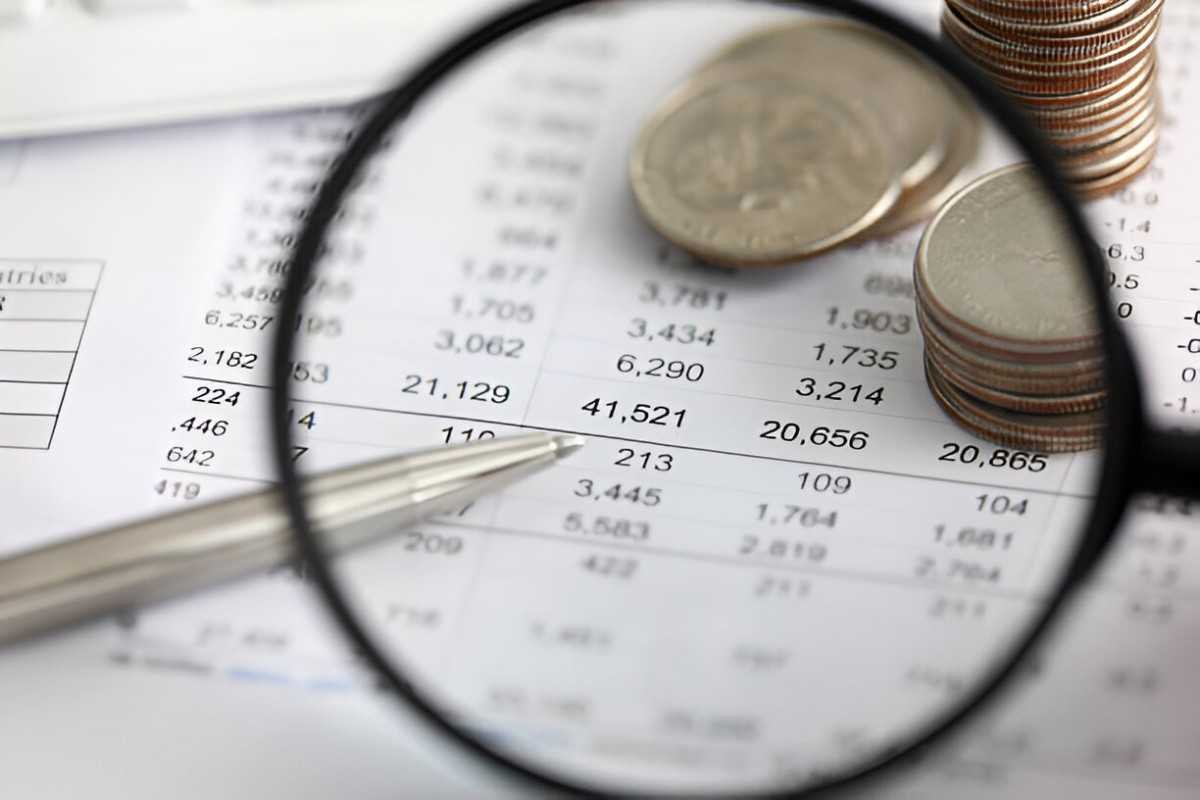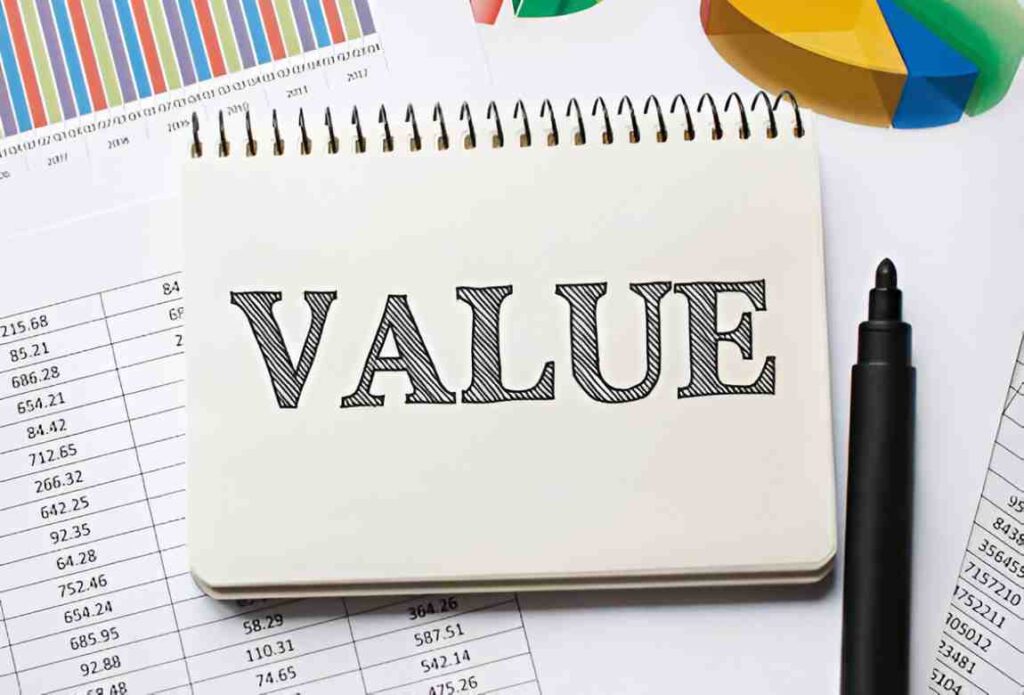As someone deeply immersed in the world of finance and accounting, I often find myself explaining nuanced concepts to clients and colleagues. One such concept that frequently arises is unexpired cost. While it may sound technical, understanding unexpired cost is crucial for accurate financial reporting, decision-making, and compliance with accounting standards. In this article, I’ll break down what unexpired cost means, provide practical examples, and explain why it’s so important in accounting.
Table of Contents
What Is Unexpired Cost?
Unexpired cost refers to an expense that has been incurred but not yet consumed or utilized. In simpler terms, it’s a cost that remains an asset on the balance sheet because it will provide future economic benefits. Once the benefit is realized, the cost is “expired” and transferred to the income statement as an expense.
To put it mathematically, unexpired cost can be represented as:
\text{Unexpired Cost} = \text{Total Cost Incurred} - \text{Expired Cost}This formula highlights the relationship between the total cost incurred and the portion of that cost that has already been consumed.
Comparison with Expired Cost
To better understand unexpired cost, let’s contrast it with its counterpart: expired cost.
| Aspect | Unexpired Cost | Expired Cost |
|---|---|---|
| Definition | Cost not yet consumed or utilized | Cost already consumed or utilized |
| Financial Statement | Recorded as an asset on the balance sheet | Recorded as an expense on the income statement |
| Example | Prepaid insurance, inventory | Depreciation, cost of goods sold |
As you can see, unexpired costs are future-oriented, while expired costs relate to past consumption.
Examples of Unexpired Cost
Let’s dive into some real-world examples to illustrate unexpired cost in action.
1. Prepaid Expenses
Prepaid expenses are a classic example of unexpired costs. Suppose I pay $12,000 upfront for a one-year insurance policy. At the time of payment, the entire $12,000 is an unexpired cost because the insurance coverage extends into the future.
Each month, as the insurance coverage is utilized, a portion of the prepaid expense expires. The monthly expired cost would be:
\text{Monthly Expired Cost} = \frac{\$12,000}{12} = \$1,000After one month, the unexpired cost would be:
\text{Unexpired Cost} = \$12,000 - \$1,000 = \$11,000This $11,000 remains on the balance sheet as a prepaid expense (an asset) until it’s fully consumed.
2. Inventory
Inventory is another common example. If I purchase $50,000 worth of goods for resale, the entire amount is initially recorded as an unexpired cost. As the goods are sold, the cost of goods sold (COGS) is recognized as an expense, and the remaining inventory stays on the balance sheet as an asset.
For instance, if $30,000 worth of goods are sold, the unexpired cost would be:
\text{Unexpired Cost} = \$50,000 - \$30,000 = \$20,000This $20,000 represents the remaining inventory that hasn’t yet been sold.
3. Depreciation of Fixed Assets
While depreciation is typically associated with expired costs, the undepreciated portion of a fixed asset’s cost is an unexpired cost. For example, if I purchase machinery for $100,000 with a useful life of 10 years, the annual depreciation expense is $10,000.
After three years, the accumulated depreciation would be:
\text{Accumulated Depreciation} = 3 \times \$10,000 = \$30,000The unexpired cost (book value) of the machinery would be:
\text{Unexpired Cost} = \$100,000 - \$30,000 = \$70,000This $70,000 remains on the balance sheet as an asset until it’s fully depreciated.
Importance of Unexpired Cost in Accounting
Understanding unexpired cost is vital for several reasons. Let’s explore its significance in detail.
1. Accurate Financial Reporting
Unexpired costs ensure that financial statements accurately reflect a company’s financial position. By deferring costs that provide future benefits, businesses avoid overstating expenses in the current period. This aligns with the matching principle in accounting, which states that expenses should be recognized in the same period as the revenues they help generate.
For example, if I prepay rent for office space, recognizing the entire amount as an expense upfront would distort my financial statements. Instead, spreading the cost over the lease term provides a more accurate picture of my financial health.
2. Better Decision-Making
Unexpired costs play a critical role in budgeting and forecasting. By identifying costs that will impact future periods, I can make informed decisions about resource allocation, cash flow management, and investment strategies.
For instance, knowing that $20,000 of my inventory is an unexpired cost helps me plan for future sales and avoid overstocking or understocking.
3. Compliance with Accounting Standards
U.S. Generally Accepted Accounting Principles (GAAP) and International Financial Reporting Standards (IFRS) require businesses to properly account for unexpired costs. Failure to do so can result in misstated financial statements, regulatory penalties, and loss of investor trust.
For example, GAAP mandates that prepaid expenses be recorded as assets and amortized over their useful life. This ensures compliance and enhances transparency.
4. Tax Implications
Unexpired costs can also impact tax liabilities. By deferring expenses, businesses may reduce their taxable income in the current period, leading to lower tax payments. However, this requires careful planning to avoid discrepancies with tax authorities.
For example, if I prepay $24,000 for a two-year service contract, I can’t deduct the entire amount in the current tax year. Instead, I must spread the deduction over the contract’s duration.
Calculating Unexpired Cost: A Step-by-Step Guide
To further illustrate the concept, let’s walk through a detailed example of calculating unexpired cost.
Scenario
I purchase a delivery van for $60,000 with an estimated useful life of 5 years and a salvage value of $10,000. Using the straight-line depreciation method, I want to determine the unexpired cost after 2 years.
Step 1: Calculate Annual Depreciation
\text{Annual Depreciation} = \frac{\text{Cost} - \text{Salvage Value}}{\text{Useful Life}} = \frac{\$60,000 - \$10,000}{5} = \$10,000Step 2: Calculate Accumulated Depreciation
After 2 years, the accumulated depreciation would be:
\text{Accumulated Depreciation} = 2 \times \$10,000 = \$20,000Step 3: Determine Unexpired Cost
The unexpired cost (book value) of the van after 2 years is:
\text{Unexpired Cost} = \text{Cost} - \text{Accumulated Depreciation} = \$60,000 - \$20,000 = \$40,000This $40,000 represents the remaining value of the van that hasn’t yet been consumed.
Common Misconceptions About Unexpired Cost
Despite its importance, unexpired cost is often misunderstood. Let’s address some common misconceptions.
1. Unexpired Cost Equals Future Revenue
While unexpired costs are associated with future benefits, they don’t directly translate to future revenue. For example, prepaid expenses like insurance or rent don’t generate revenue but rather support business operations.
2. All Assets Are Unexpired Costs
Not all assets represent unexpired costs. For instance, cash is an asset but doesn’t qualify as an unexpired cost because it doesn’t involve future consumption.
3. Unexpired Costs Are Always Tangible
Unexpired costs can be both tangible (e.g., inventory) and intangible (e.g., prepaid software licenses). The key criterion is that they provide future economic benefits.
Unexpired Cost in Different Industries
The application of unexpired cost varies across industries. Let’s explore a few examples.
1. Retail
In retail, inventory is a significant unexpired cost. Proper management ensures that goods are available for sale without overstocking, which ties up capital.
2. Manufacturing
Manufacturers often deal with unexpired costs related to raw materials and work-in-progress inventory. These costs are critical for production planning and cost control.
3. Service Industry
In the service sector, unexpired costs may include prepaid subscriptions, software licenses, or training programs. These costs support service delivery and operational efficiency.
Challenges in Managing Unexpired Costs
While unexpired costs offer numerous benefits, they also present challenges.
1. Estimation Errors
Determining the useful life or consumption pattern of an asset can be subjective. For example, estimating the depreciation of machinery requires assumptions about usage and maintenance.
2. Changing Business Conditions
Economic fluctuations, technological advancements, or regulatory changes can impact the value and utility of unexpired costs. For instance, a sudden drop in demand may render inventory obsolete.
3. Complex Accounting Standards
Complying with accounting standards like GAAP and IFRS can be complex, especially for multinational corporations. Misclassification of unexpired costs can lead to financial misstatements.
Best Practices for Managing Unexpired Costs
To overcome these challenges, I recommend the following best practices.
1. Regular Reviews
Conduct periodic reviews of unexpired costs to ensure they align with current business conditions. For example, reassess the useful life of assets annually.
2. Accurate Record-Keeping
Maintain detailed records of all transactions involving unexpired costs. This includes invoices, contracts, and depreciation schedules.
3. Use of Technology
Leverage accounting software to automate calculations and track unexpired costs. This reduces the risk of errors and saves time.
4. Training and Education
Invest in training for accounting staff to ensure they understand the principles and practices related to unexpired costs.
Conclusion
Unexpired cost is a fundamental concept in accounting that bridges the gap between current expenses and future benefits. By properly identifying and managing unexpired costs, businesses can achieve accurate financial reporting, make informed decisions, and comply with accounting standards. Whether it’s prepaid expenses, inventory, or depreciation, understanding unexpired cost is essential for financial success.





